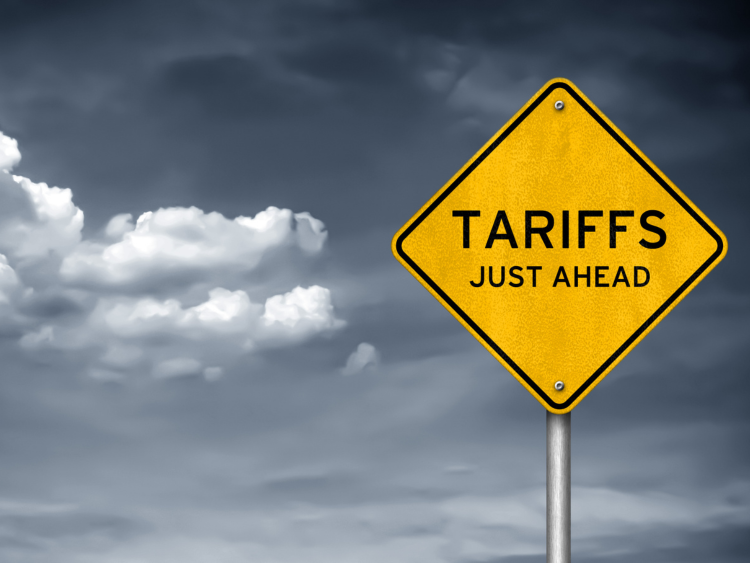Global Trade

February 6, 2025
What's moving, what's next, and what to watch
Written by Gabriella Vagnini
Tariffs are making headlines, but aluminum doesn’t wait for politics to play out. The market is already shifting, supply chains are adjusting, and smart money is moving ahead of the noise.
So, where does that leave us?
What’s happening right now?
What if this escalates further?
What should we be doing now?
What’s Happening?
The biggest shifts aren’t just about U.S. tariffs on Canada, Mexico, and China. The bigger story is how the market is responding.
The UAE was the second largest supplier of primary aluminum to the U.S. in 2023, roughly 500,000mt. Which is about 13% of total U.S. aluminum imports.
Mexico isn’t just exporting aluminum; it’s expanding its own processing capacity. That’s going to change trade flows in ways we haven’t fully priced in yet.
LME inventories are tight. That means any disruption, whether it’s China’s supply constraints, potential EU bans on Russian aluminum, or shifts in trade policy, these reflect possible drivers for fast pricing volatility.
What if this escalates?
If tariffs stick and retaliations keep coming, here’s what that means:
U.S. recyclers relying on Canadian and Mexican imports will face higher costs. That could tighten supply and put pressure on margins. We’ve already witnessed this with major processor already scaling back.
China’s tightening grip on critical metals could spill over into aluminum. If Beijing adjusts tax rebates or restricts exports further, global supply will of course tighten even more.
A more regionalized aluminum market. With shifting policies, tariffs, and trade barriers, aluminum flows could become less global and more localized, impacting pricing and availability.
Now what?
With so many moving parts, waiting for “clarity” isn’t a strategy. Here’s what we are hearing that the key players are focusing on:
✔️ Reassess supply chains and contracts now. For companies that rely on Canadian or Mexican material, some have already started to adjust pricing models and sourcing strategies.
✔️ Keep an eye on Mexico’s capacity growth. As more aluminum processing builds up within Mexico, their demand for raw material and scrap could shift, impacting both imports and exports.
✔️ Monitor LME and CME trends. Low stock levels plus supply disruptions could drive volatility. Pricing movements will tell you more than political statements will.
The market moves fast- stay ahead of it
Aluminum is in motion. The shifts happening today will define trade flows for the next year or more. As I’ve mentioned before, the LME market has been seeing a lot of producers forward selling… If you’re waiting for a clear resolution before making adjustments, you’re already behind.
Stay informed. Stay flexible. And don’t wait until the dust settles, by then, the opportunity will be gone.






